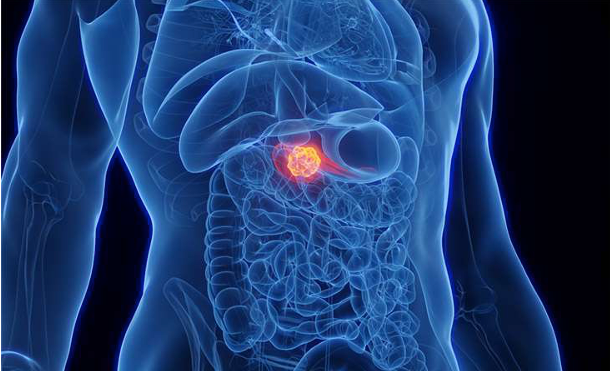Article
Maria Menounos Reveals PNET Diagnosis, Talks Importance of Early Detection

Back in May, television personality Maria Menounos revealed that she was diagnosed with a PNET, sometimes called a PanNET or pancreatic neuroendocrine tumor, in January of 2023. The 44-year-old talked candidly about the vague symptoms she experienced and her long road to diagnosis. Because her tumor was detected at an early stage, stage II, she was able to have surgery to remove the cancerous tumor.
Her story underscores the importance of being aware of the signs and symptoms of pancreatic cancer. Because symptoms can be mild in early stages of the disease, they can often be overlooked or easy to ignore. In interviews, Menounos credited early detection with putting her on the path to surgery with a good prognosis. She urged others to be proactive about their health and to advocate for themselves.
It is important to understand the difference between PNETs and PDAC. Here are five important facts to know:
1) PNETs originate from the endocrine (hormone-producing) cells of the pancreas.
The pancreas has two main functions: exocrine functions involve the production of enzymes to break down food, and endocrine functions involve the production and regulation of hormones that maintain proper sugar levels in the blood.
2) Less than 10% of pancreatic cancer diagnoses are PNETs.
The two main types of pancreatic cancer are PDAC and neuroendocrine (also referred to as islet cell tumors). Less than 10% of the 64,050 pancreatic cancer diagnoses expected in 2023 will be PNETs. PNETs are generally slower growing and less aggressive than PDAC.
3) PNET symptoms vary depending on the type of tumor.
PNETs can be classified as functional (hormone-producing) or nonfunctional (don’t produce hormones).
More commonly, PNETs are nonfunctional, and these tumors lead to vague symptoms like pain or jaundice if the tumor is large.
4) PNETs are treated differently than adenocarcinoma.
There are some treatment strategies that could apply to both PNETs and adenocarcinoma, such as surgery, radiation therapy or chemotherapy, although different chemotherapy agents are typically used.
Targeted therapies, such as Sutent® and Afinitor®, have been approved for the treatment of PNETs. Lutathera is a type of hormonal therapy that can be effective for PNET patients whose tumors express somatostatin receptors.
5) PanCAN Patient Services is here to help.
PanCAN Patient Services can provide PNET patients and their caregivers with accurate, up-to-date information about the diagnosis and treatment of neuroendocrine tumors of the pancreas.
To read the full article about PNET and to understand the difference between PNET the more common diagnosis of pancreatic ductal adenocarcinoma (PDAC), visit pancan.org.




